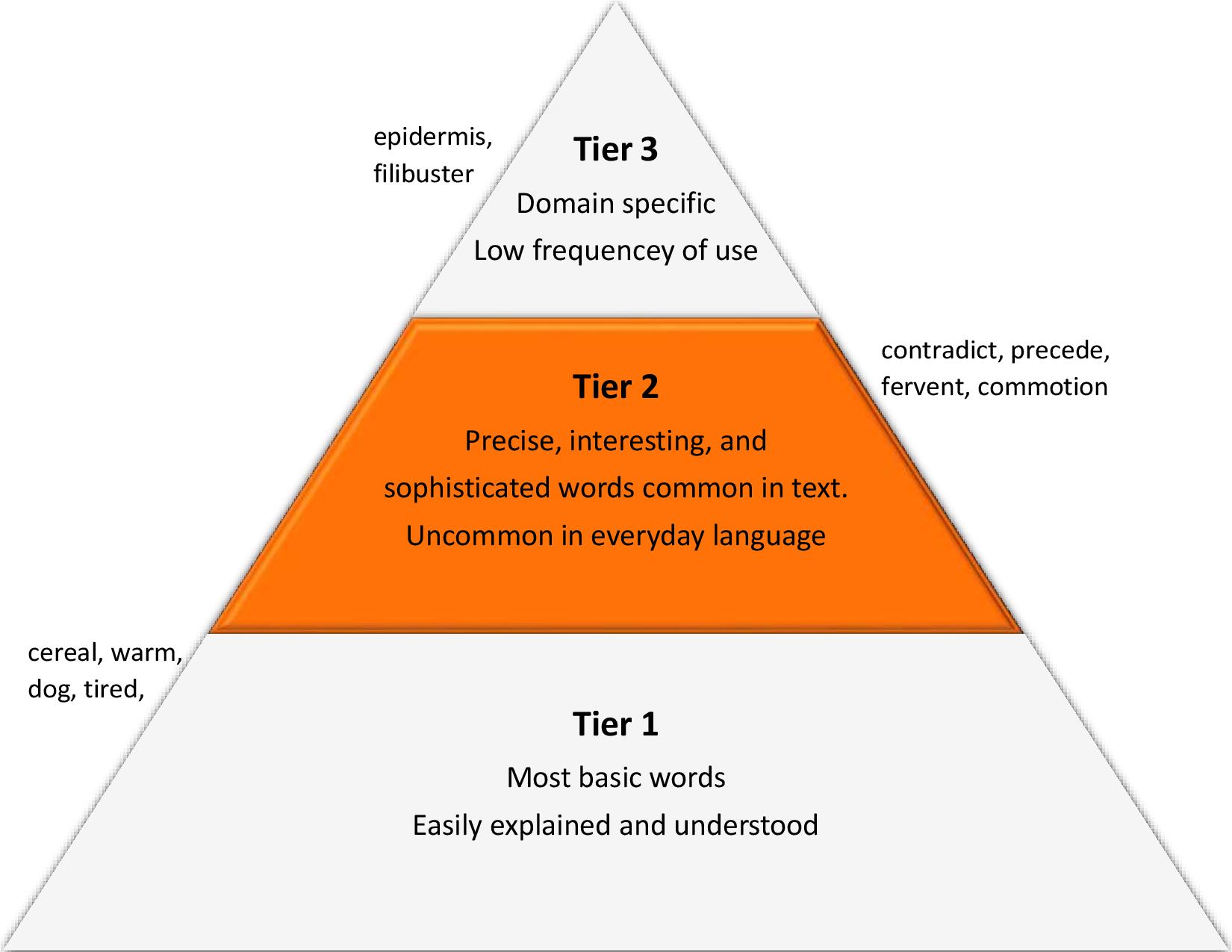Vocabulary Across the Curriculum
Robust Vocabulary Instruction at St Stephens
‘Being Curious about the meaning of an unknown word that one encounters and intrigued by how it relates to other words is a hallmark of those who develop large vocabularies.’ Margaret McKeown; Bring Words to Life Podcast #062, Ollie Lovell, Feb 22
Rationale
By 36 months, children from economically deprived families have approximately 500 fewer words from children from affluent families. Due to the Matthew Effect, DfE research states that by age seven the gap has increased to 4000 words. E.D Hirsch states that children need to learn, on average, 43,000 to be on track to graduate university.
A broad vocabulary is important for everyday life functioning in society, work, and general communication.
At St Stephen’s, in order to ensure that every single child has an equal opportunity to thrive at the highest levels of education, we ensure we are constantly evolving with the latest research into vocabulary instruction and implementing it within the classroom.
Approach
How do we choose the right words to teach?
Teachers at St Stephen’s focus on the vocabulary instruction of tier 2 words. Tier 2 words are words that appear in written text quite often but only appear infrequently in spoken conversations. They also apply across domains. We might see them in science, art, mathematics and so on. We aim to teach around 12 new words a week.

‘Bringing Words to Life’, Beck, McKeown and Kucan
St Stephen’s teachers know that the vast majority of tier two words will be learnt through exposure to a broad reading diet and a ‘high reading mileage’. However, research also shows that there is a clear benefit to coupling this with explicit vocabulary instruction. David Liben’s research shows that children need six exposures to a word so once taught, teachers seek to explicitly use the vocabulary in their spoken language, models and displays.
At St Stephen’s, we explicitly teach vocabulary by:
- providing a child friendly definition,
- giving an example in at least two varied contexts
- providing the children with at least two opportunities to engage with the new vocabulary.
We never ask children the meaning of new words, provide new vocabulary without context or rely on definitions from space poor dictionaries.
Etymology and Morphology
Spelling instruction is underpinned by a progression of key root words, suffixes and prefixes that are deemed the most useful for pupils to learn throughout the Primary journey. Teachers should be explicit about these connections as they meet them to help build pupils’ schema. Click here to see the Etymology and Morphology of Words Progression Map for St Stephen’s.

 Winchester Road,
Winchester Road,